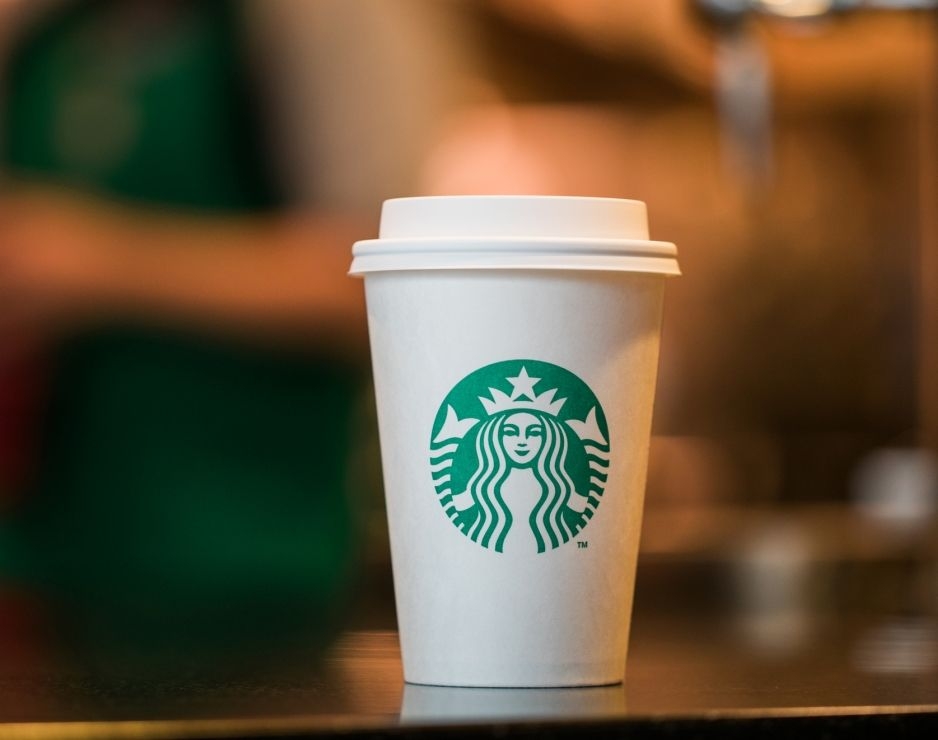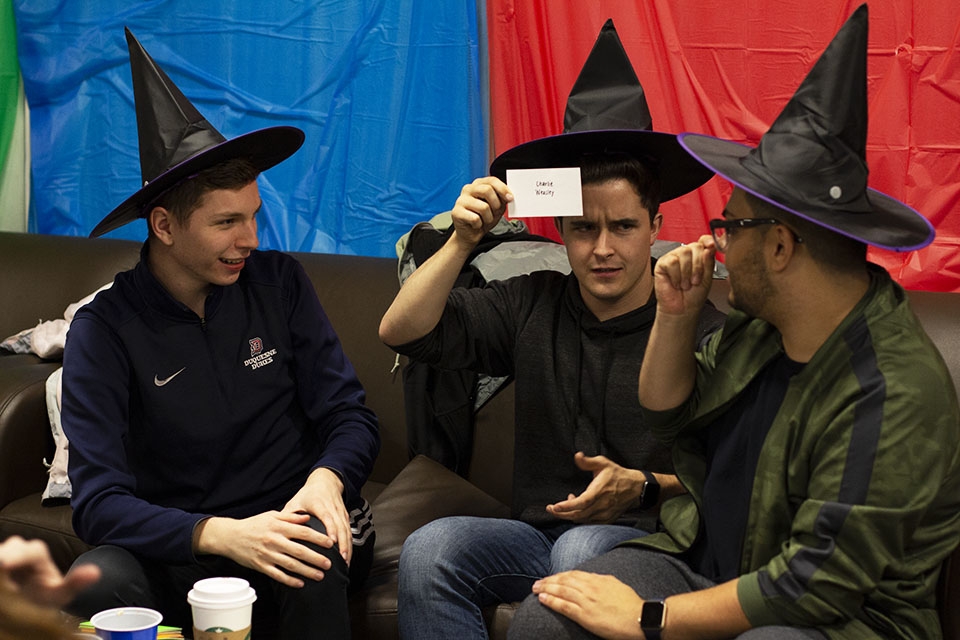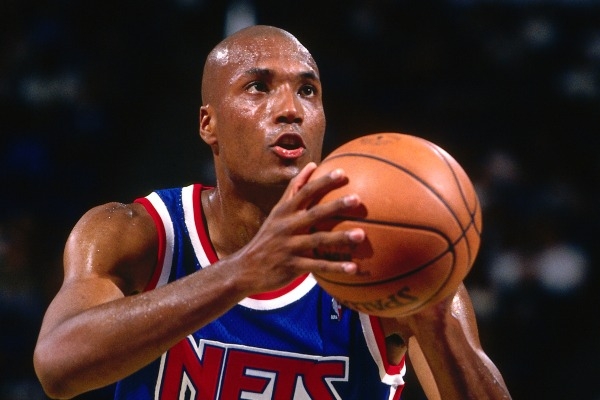
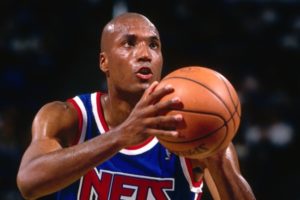
Nicole Prieto | Staff Writer
11/09/2017
Arizona Wildcats Assistant Coach Emanuel “Book” Richardson was arrested in Tucson on Sept. 26 on several charges for conspiracy to commit bribery and fraud, reported the Arizona Daily Star. As a law student who claims the University of Arizona (UA) as an alma mater, the FBI investigation into college basketball fiscal impropriety hits close to home.
The Star writes that the coach allegedly promised to “steer current UA players to … agents for professional representation” and took $20,000 in bribes to make it happen. Additionally, UA recruit Jahvon Quinerly may have received a five-figure payment in relation to the scandal. The consequences for Quinerly could be steep for himself and the team.
“[I]f it is determined that [he] took payments in the five-figure range,” writes the Star’s Bruce Pascoe, “he could be ineligible for the entire season — and any past games he played in after taking payments might be vacated.”
The reason? Setting aside the luridness of doling out backdoor compensation, the National Collegiate Athletics Association’s (NCAA) amateurism bylaws forbid players from receiving payments related to their sports. On its website, the NCAA is firm in emphasizing that amateurism “is a bedrock principle of college athletics and the NCAA,” and that collegiate competitors “are students first, athletes second.” In the eyes of the NCAA, pay-for-play is nothing less than an affront to its very identity. Quinerly eventually decommitted from the UA, according to ESPN.
Nevertheless, the affair brings to mind a question that has milled in the background of court cases in recent years: Are student-athletes employees who ought to be paid?
The Amateurism Rule
The 2017-2018 NCAA Division I Manual lays out rules for “Amateurism and Athletics Eligibility.” Under Article 12, which spans 30 pages, the bright line separating a student-athlete from a professional is largely the receipt or promise of payment.
Under Bylaw 12.1.2, a student’s athletic ability may not be used “(directly or indirectly) for pay in any form in that sport,” nor may a student receive “financial assistance from a professional sports organization based on athletics skill or participation, except as permitted by NCAA rules and regulations.” Even promises of future pay upon a student’s “completion of intercollegiate athletics participation” are forbidden.
A student stands to lose amateur status — and eligibility for participating in an intercollegiate sport — upon receipt of unacceptable payment not otherwise excepted by the NCAA. Bylaw 12.1.2.1 dedicates roughly two pages to defining what constitutes prohibited pay versus acceptable receipt of funds or awards. Bylaw 12.1.2.4 lists various exceptions, such as “use of athletics ability to obtain funds” on the behalf of charitable activities or prospective student-athletes receiving “free equipment and apparel items for personal use.”
Bylaw 12.1.3 provides that it is possible for a student-athlete to maintain amateur status in a sport and be a professional in another, and student-athletes are permitted to be employed in some athletically-related work pursuant to Bylaw 12.4.2. Bylaw 12.01.4 states that student-athletes are allowed to receive grant-in-aid so long as “it does not exceed the financial aid limitations set by the Association’s membership.”
The Stakes
As the basketball scandal indicates, there are substantial financial stakes in collegiate athletics, even considering that programs do not necessarily bring in positive net revenue to their institutions. According to Table 3.11 of the NCAA’s 2016 Revenues/Expenses Division I Report, men’s basketball was the only program other than football to have a positive generated net revenue in 2015.
Positive net revenue or not, it is not unreasonable to wonder whether college athletes should receive some kind of extra-educational compensation for the sports they are called to devote a considerable amount of time and energy toward.
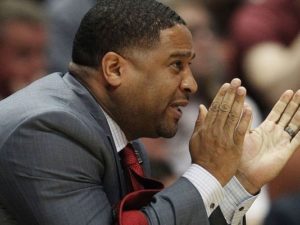
CBSSports.com reported that student-athletes were dedicating 50 hours of time each week to sports activity, according to a 2015 Pac-12 study the news site obtained that examined several of the conference’s schools. The report indicates that athletes “spen[t] an average of 21 hours per week on required athletic activities, … [and] an additional 29 hours on other activities including voluntary athletics (4 hours), receiving treatment (4 hours) and traveling for competitions (22 hours).”
The Law
The 2015 Ninth Circuit antitrust case O’Bannon v. NCAA ultimately upheld the lower court’s finding that the NCAA’s rules needed to allow member schools “to provide [students] compensation up to full cost of attendance.” However, allowing students to receive compensation for commercial uses of their names, images and likenesses (NILs) was not a permissible alternative: “[N]ot paying student athletes,” the court writes, “is precisely what makes them amateurs.”
Interestingly, the court notes that abrogating the compensation rules to allow student-athletes to receive NIL income could encourage them to “attend college, and stay there longer.” Nevertheless, under the Rule of Reason as applied to the NCAA, courts ought to “generally afford the NCAA ‘ample latitude’ to superintend college athletics” when considering a plaintiff’s proposed “substantially less restrictive alternatives to … current rules.”
“The difference between offering student-athletes education-related compensation and offering them cash sums untethered to educational expenses is not minor,” the court writes, “it is a quantum leap.”
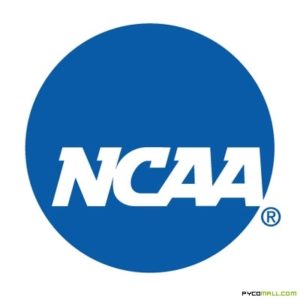
Recent cases like 2016’s Berger v. NCAA and 2017’s Dawson v. NCAA have confronted the employee status issue more bluntly. In Berger, the Seventh Circuit affirmed the district court’s finding against the appellants, who were former University of Pennsylvania student-athletes. The appellants alleged such students “are employees who are entitled to a minimum wage under the Fair Labor Standards Act (‘FLSA’).” The Seventh Circuit concludes that “as a matter of law, … [student-athletes] are not employees under the FLSA.”
In Dawson, the U.S. District Court for the Northern District of California found the Berger court’s reasoning persuasive. It granted the defendant’s motion to dismiss the case brought against it by Lamar Dawson, a former University of Southern California college football player.
The Verdict
The short answer to why student-athletes are not paid for playing is because, at least legally, they have yet to be considered employees, and courts have indicated respect for certain restraints accompanying amateur athletics. The uphill legal battle for instituting a pay-to-play system is unlikely to get any less steep. Rather than looking to the courts, pro-pay folks may have to settle to focusing their efforts through old-fashioned lobbying. As the Ninth Circuit states in O’Bannon, the lower court “not[ed] that some major-conference schools had [previously] lobbied to change the NCAA’s scholarship rules to raise compensation limits.”
Granted, the NCAA may not necessarily move fast enough to effect the kind of change today’s student-athletes may want to see. Take, for instance, the Ivy League’s early-adopter implementation of a “10-hour window” where student-athletes are prohibited from engaging in any athletically-related activity after a road trip, according to Inside Higher Ed. In 2016, at the NCAA’s yearly January meeting, the Power 5 conferences tabled a similar proposal that would have blocked off an eight-hour period for athletic activities besides competition.
“Frankly, other conferences were not working together to pass this legislation in an efficient manner,” said Robin Harris, the Ivy League’s executive director, to Inside Higher Ed. “So doing this was really out of frustration that this process was going to take too long.” The eight-hour proposal was ultimately adopted by the NCAA in January 2017 as Bylaw 17.1.7.9.6.
In the unlikely event that the NCAA revised Article 12 to allow room for pay-to-play, there would be no avoiding issues ranging from Title IX pay disparity concerns to the implementation of a workable system. As sports attorney and Foley & Lardner partner Mary K. Braza posited to legal news site Law360: “How would scholarships; medical and training benefits, such as access to equipment and specialized coaching; room and board be valued? Would that system of student-athlete support be eliminated altogether, with student-athletes receiving a weekly paycheck in their place?”
Perhaps the most plausible solution is to refocus the conversation on ensuring that student-athletes are treated as “students first” — and less like younger analogs to the professionals the NCAA insists they are not.



